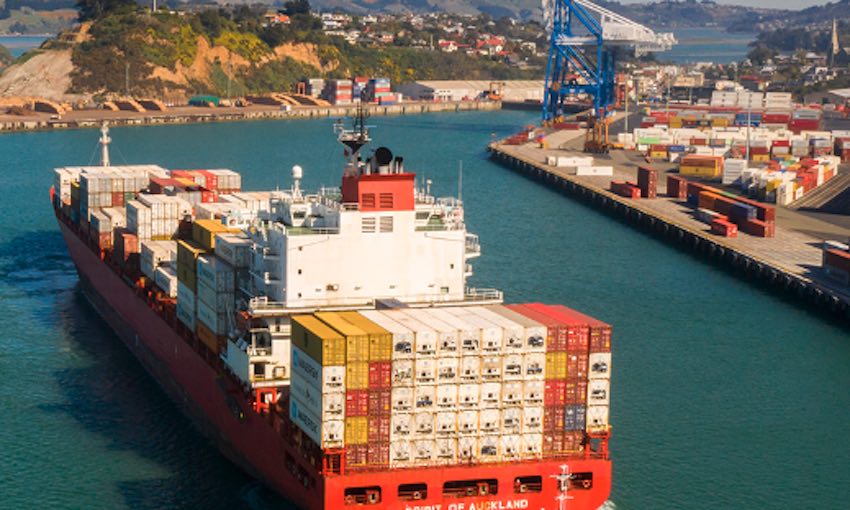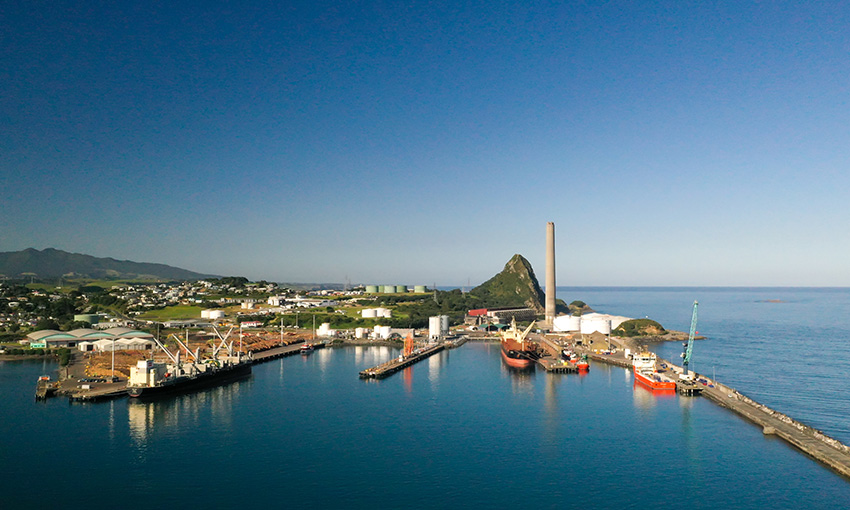PORT Otago has reported an underlying profit of NZ$32 million for the 2023 financial year, up almost 82% on the NZ$17.6 million posted in the previous year.
Group revenue saw an increase of 26.5% year-on-year, from NZ$88 million in FY22 to NZ$111.3 million in FY23.
But the port said its NPAT of NZ$23.3 million was down on last year’s profit of NZ$70.5 million, largely due to a near-zero unrealised property revaluation this financial year, compared with an uplift of NZ$60 million unrealised property revaluation in the previous period.
Port Otago chair Tim Gibson said the board was pleased with the underlying profit figure, which positively reflected the day-to-day business of the port.
“The return of cruise, along with increased container tranships, boosted our bottom line,” Mr Gibson said.
“After two years of effectively zero income from this pillar of our business, we welcomed the season’s 101 vessels.
“We also saw the positive impact of completing three Te Rapa Gateway design/build/lease warehouses during the year.”
Container throughput in FY23 was up 12% on throughput reported in the previous financial year.
“It’s great to see the container business grow market share, with tranship volumes double that of last year and with 152 container vessels – well up on last year’s 108 total,” Mr Gibson said.
Bulk business volume was 1.8 million tonnes – an increase of 6% since FY22.
“This was due to increasing fuel and fertiliser volumes, and log exports were also up on last year.”
Mr Gibson said Port Otago delivered some significant projects throughout the year, including the upgraded Ravensdown Wharf.
“This outcome was years in the making. Together with Ravensdown, we worked through the challenge of balancing economic returns with the benefit of continued operation of the plant and reached an excellent solution.
“The upgraded wharf enables bulk carriers to berth directly outside the plant and removes the need for trucks to carry product by road.”
Mr Gibson said he expects the year ahead to be challenging as New Zealand’s “deteriorating economic conditions” lower returns to the region’s farmers and reduce spending in the economy.
“We anticipate container volumes will be similar to the past year and turn our attention to the supply chain – specifically, how we can help our customers find efficiencies that will buffer them from variable export revenues,” he said.
“The upcoming cruise season is likely to be a record for Port Otago. Overall, we are well positioned and will continue investing in our business and taking advantage of opportunities that align with our strategic goals.”





